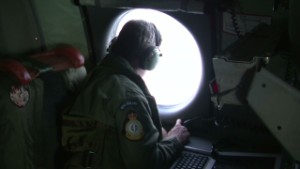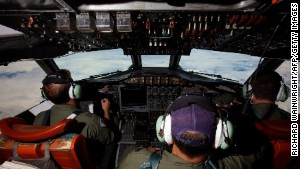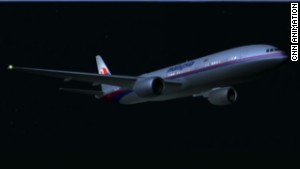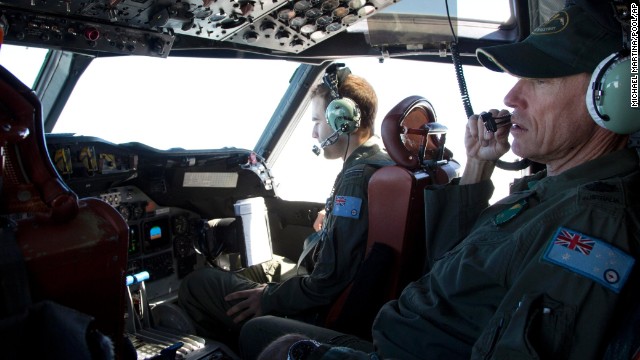Malaysia plane saga: Your questions answered
March 27, 2014 -- Updated 1722 GMT (0122 HKT)
STORY HIGHLIGHTS
- Japanese intelligence satellite spots 10 objects
- Earlier, Thai officials released image with 300 objects
- Search flights are on hold Thursday because of bad weather
- Ships continue searching despite conditions
(CNN) -- It's been nearly three weeks since Malaysia Airlines Flight 370 vanished. Malaysian authorities say the plane went down in the southern Indian Ocean. Search efforts are concentrated in an area about 1,500 miles (2,414 kilometers) off Australia's west coast.
What's the latest?
The Japanese government announced that one of its intelligence satellites spotted some objects Wednesday. Earlier, Thai officials said one of their satellites located 300 objects that could be linked to the missing plane. And airborne searches have been suspended for Thursday due to poor weather.
What's in the latest satellite photos?
The Thai image, shot Monday, shows a collection of objects ranging in size from 6 feet (2 meters) to 50 feet (15 meters), according to Thailand's Geo-Informatics and Space Technology Development Agency.




They were spotted about 125 miles (201 kilometers) away from where a French satellite captured a floating group of 122 objects Sunday.
The Japanese image shows 10 objects, the largest of which is square and about 13 feet by 26 feet (4 meters to 8 meters), according to the Japanese Cabinet Intelligence and Research Office.
Like the other recent satellite sightings, the objects are about 1,550 miles off western Australia.
Could these objects be plane debris?
It's certainly possible, but we won't know for sure until one of the ships combing the region hauls some of the objects up and examines them firsthand, experts say. And that's proving to be tough. The objects may well be drifting in swift ocean currents, and experts say some of what we're seeing could be an optical illusion.
For instance, they could be just whitecapped waves, CNN aviation analyst Jeff Wise said.
Stephen Wood, a former CIA analyst, said the number and size of the objects in the latest image also raises questions about whether they could be related to the plane.
"If you see something floating that's 60 feet across, that could be a big chunk of fuselage," he said. "But if you have 10 pieces that are 60 feet across, that would indicate that they're not from the plane because the plane has only so much stuff in it."
It seems like we always hear about these satellite photos a few days after they were taken. Why?
Australian and Thai authorities have said it takes a few days to go through the images, analyze them and send them along to Malaysian authorities. The area being scanned is awfully large, after all, and analyzing the images for interesting objects can be a painstaking process.




You said the flights were called off Thursday?
The Australian Maritime Safety Authority suspended airborne searches before noon Thursday due to poor weather.
A spokesman for the U.S. Navy, which is helping look for wreckage, said conditions over the search zone were terrible, with almost zero visibility, clouds reaching down to the surface of the water, and severe turbulence and icing.
Ships assigned to the search will continue their work despite the rough weather, the authority said.
Australian officials coordinating the search hope to resume flights Friday.
How many countries are involved in search efforts?
Malaysia is coordinating the search, which involves crews from six countries. Australia is leading the effort, based out of Perth, with China, New Zealand, the United States, South Korea and Japan contributing aircraft. China has also sent ships to help the search effort.
How are the families of those on board?
Family members are anguished as they wait for answers. One-third of the plane's passengers were Chinese, and Malaysian authorities' announcement Monday that families should give up hope that their loved ones were alive angered many Chinese.
"My heart can't handle it. I don't want to hurt my children," Cheng Li Ping told CNN as she waited in Kuala Lumpur, Malaysia, for evidence about what happened to her husband.

No comments:
Post a Comment